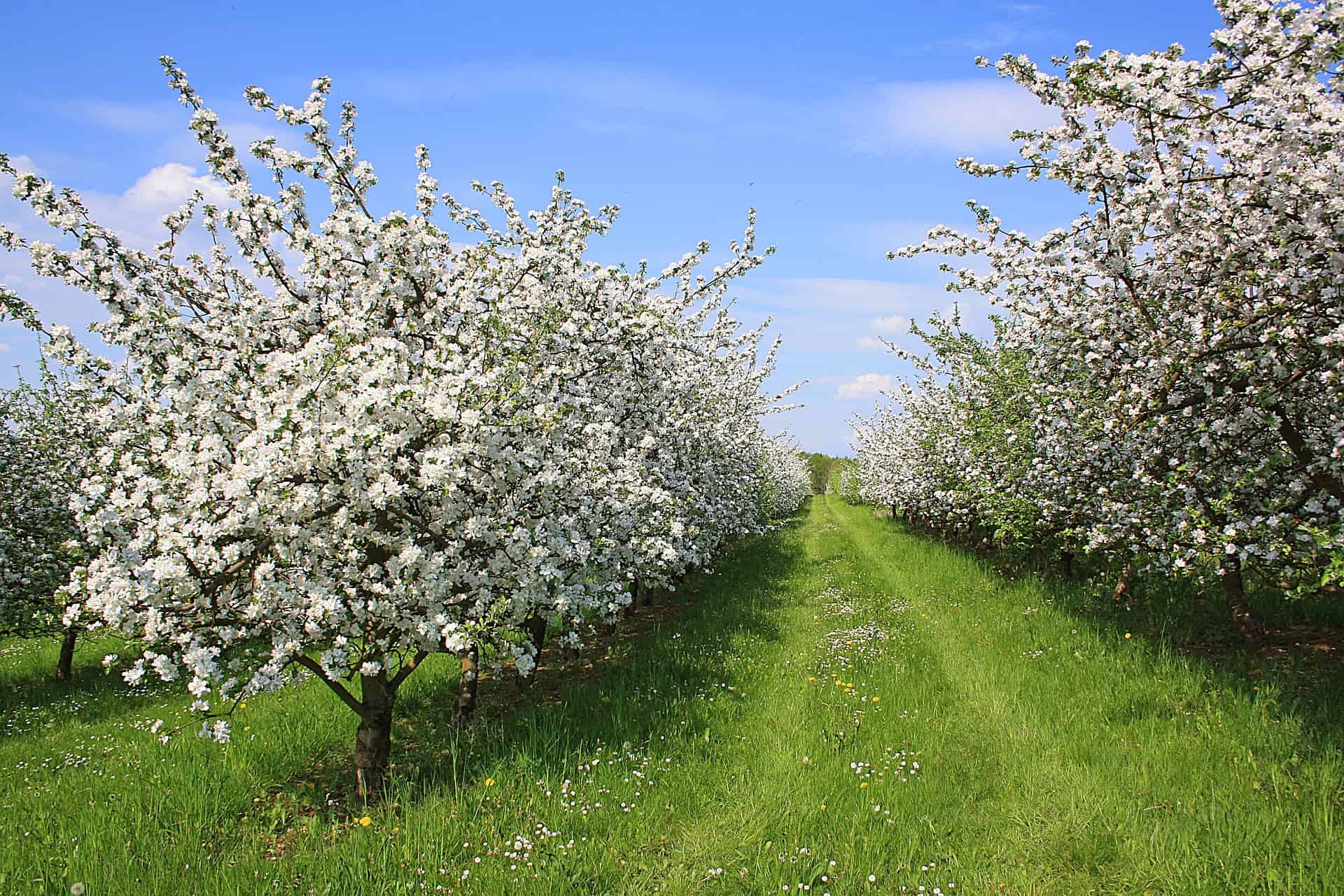
Perennial crops may be the future of agriculture, as they have the potential to address many of the challenges posed by traditional agricultural systems. Professor Lennart Olsson’s research investigating the transition to agriculture utilising revolutionary perennial crops received €2.5 million from the European Research Council’s Advanced Grant funding. Olsson’s project will analyse the political economy governing agriculture, evaluate the economic and climate gains from perennial crops. The aim is to formulate a strategy for introducing perennial cereals, which could lead to a new agricultural revolution, transforming the food system and contributing to a more sustainable future.
What are perennial crops?
Perennial crops are plants that have a lifespan of more than two years and can produce crops year after year without the need for replanting. Unlike annual crops, which must be replanted each year, perennial crops can remain in the ground for multiple growing seasons. Examples of perennial crops include fruit trees, berry bushes, nut trees, and certain herbs and vegetables such as asparagus and rhubarb.
Perennial crops offer a number of benefits compared to annual crops. They typically have deeper roots, which can help improve soil health and prevent erosion. They also require less tillage and fertilizer, which can reduce environmental impact and lower production costs.
Addressing the challenges of traditional agriculture
Traditional agriculture has relied on annual crops for 10,000 years, but this system has caused or contributed to many problems, such as soil erosion, nutrient leaching, the spread of toxins, greenhouse gas emissions, high costs, and vulnerability to climate change. By transitioning to perennial crops, these challenges can be addressed, and agriculture can be steered back towards a more sustainable and functional ecosystem.
Climate change has significant impacts on food systems, contributing to 21-37% of total greenhouse gas emissions. It affects food availability, with crop production decreasing in several areas globally and projected to worsen after the 2050s, particularly in tropical, subtropical, and dryland regions. Adopting perennial crops could help in mitigating these impacts and ensuring food security for future generations.
Investigating the potential of perennial crops
As part of his research project, Olsson plans to test-cultivate Kernza (A trademarked name for Thinopyrum intermedium), a wheatgrass from the Mediterranean, up to the Arctic Circle to see how it copes in different climate zones. The results of these tests will provide valuable insights into the adaptability and resilience of perennial crops in diverse environments, thus informing the formulation of a strategy to facilitate their introduction into the agricultural sector.

Perennial crops have the potential to address several of the United Nations’ Sustainable Development Goals (SDGs), including zero hunger (SDG 2), gender equality (SDG 5), water resources (SDG 6), climate action (SDG 13), life below water (SDG 14), and life on land (SDG 15). By embracing this new agricultural paradigm, humanity can work towards achieving these goals and promoting a more sustainable future.
Long-term vision and impact
Olsson’s research project is a long-term vision that aims to fundamentally change the way we grow and produce food. Success in this endeavour could lead to a new agricultural revolution, solving many challenges associated with traditional agriculture and contributing to a more sustainable, resilient, and functional ecosystem.
By addressing the challenges posed by climate change, perennial agriculture can create a more secure and stable food system for future generations. As a visionary researcher, Professor Olsson’s work has the potential to transform the agricultural landscape and set an example for the rest of the world to follow.

